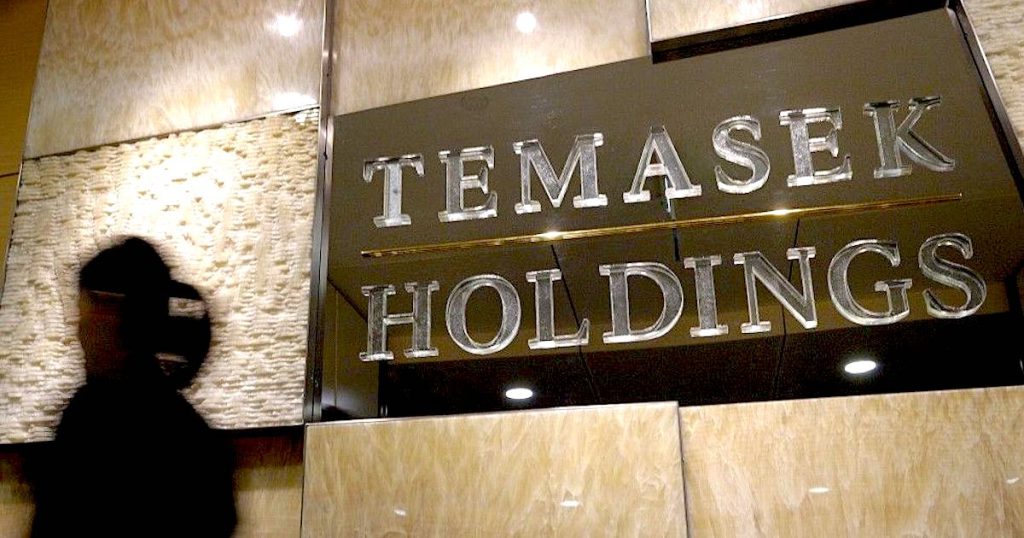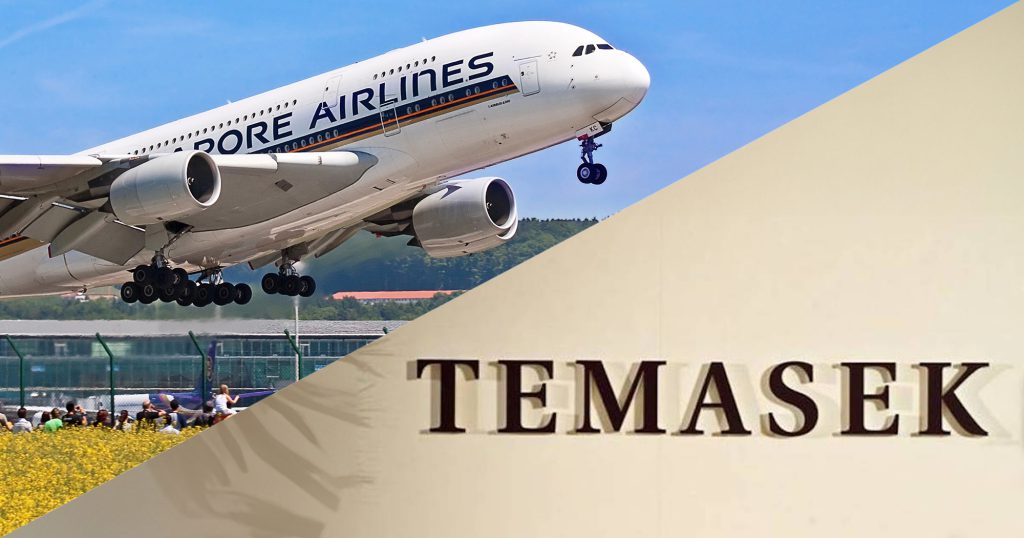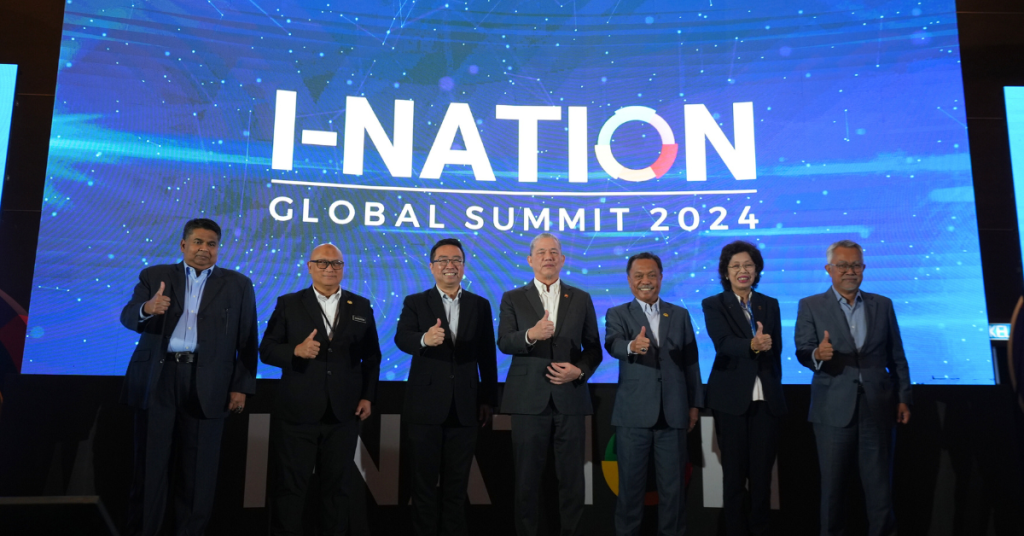Disclaimer: Any opinions expressed below belong solely to the author.
One of the major stories of the past few days was the generous bonus package to Singapore Airlines’ staff, following the best results in the company’s history, having posted a near S$2 billion profit in the financial year ending on Mar. 31.
SIA’s employees are entitled to up to 8 months of salary through the special bonus package, including roughly 6.5 months through profit sharing with additional 1.5 months in post-pandemic benefit.
Which begs a question — as it is paying out big bucks to its people, what happened to all those billions it raised back in 2020 with the help from Temasek?
Was the money ever returned, as its results rebounded in the past 3 years?
Here’s what happened.
Temasek to the rescue
Many people remember that one of Singapore’s state funds came to help the airline (which it is also the majority shareholder of) through the pandemic freeze on travel, with a gargantuan liquidity package of S$15 billion.
These memories, however, are not exactly accurate.
There seems to be a conviction among some, that Temasek simply gave SIA billions of dollars out of public reserves, which it is a partial manager of, and that the company should eventually pay it back. This is not quite so.

In reality, SIA wanted to raise S$5.3 billion through issuance of stock (more of the company’s shares) to its existing investors and additional S$9.7 billion through mandatory convertible bonds — essentially debt, which would convert into stock at maturity, at year 2030, if the company didn’t redeem it earlier.
The role Temasek played was underwriting the entire deal.
This means, in essence, that it guaranteed that it would participate in the fundraising, exercising its rights to new stock, as well as buying up all of the bonds which wouldn’t find buyers in the open market.
By doing so, it reassured other investors that the company would have the full S$15 billion to survive the pandemic period and resume operations when it was over.
In the end, while new stock was popular with investors, and oversubscribed, most of the bonds had to be bought by Temasek, as declared.
So, where is that money now?
Bonuses for everyone
Stock is, obviously, still owned by Temasek and other shareholders, who are counting their profits.
This is because the shares were offered at a steep discount of over 50 per cent, or just $3 a share at the time. This was above even the rock bottom of $3.40 hit in the depth of the pandemic in 2020.
By 2023 the price has rebounded to the pre-pandemic level of close to $7, netting an over 100% return to everybody who subscribed – including Temasek, of course.

As for the bonds, totalling nearly S$10 billion, most of them have already been redeemed by SIA, despite the stated maturity date of 2030.
The company was under no obligation to do it sooner than within a decade, but because they were relatively expensive (at a cumulative 4 to 6 per cent per year), it decided to speed the process up.
The bonds were issued in two tranches: S$3.5 billion in 2020 and additional S$6.2 billion in 2021.
The first one was fully redeemed by SIA in December of 2022, with 50% of the second tranche settled in mid-2023.
This means that out of S$9.7 billion it borrowed Singapore Airlines has already returned S$6.6 billion with about 8-9% accumulated interest, mostly to Temasek which bought majority of the MCBs.
We can expect the remaining S$3.1 billion to be redeemed in the near future, certainly long before 2030.
All in all, the entire exercise has proven to be a win for all stakeholders involved.
- It’s a win for SIA, as it was able to survive the pandemic and emerge in a position stronger than most of its competitors.
- It’s a win for Temasek and other investors, who saw their emergency investment soar again together with the company.
- And it’s a win for the Singaporean public whose funds, managed by Temasek, have already yielded a healthy return.
All in all, it looks like everybody got their bonus in the end, so those received in cash by all of the employees who made the successful return to business possible seem to be more than justified.










